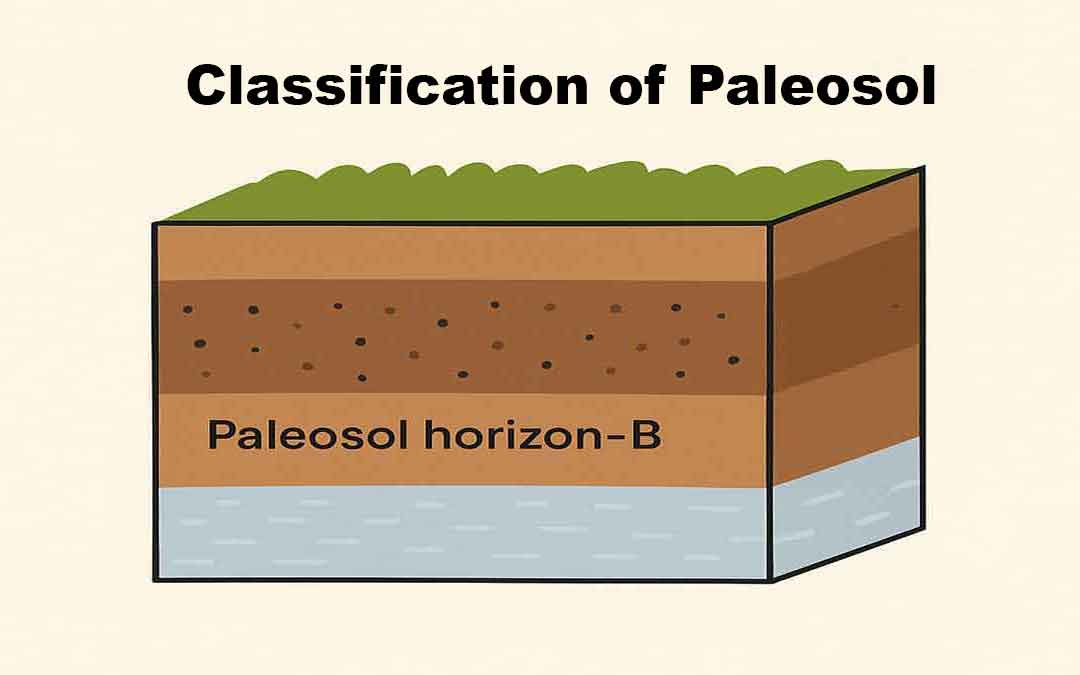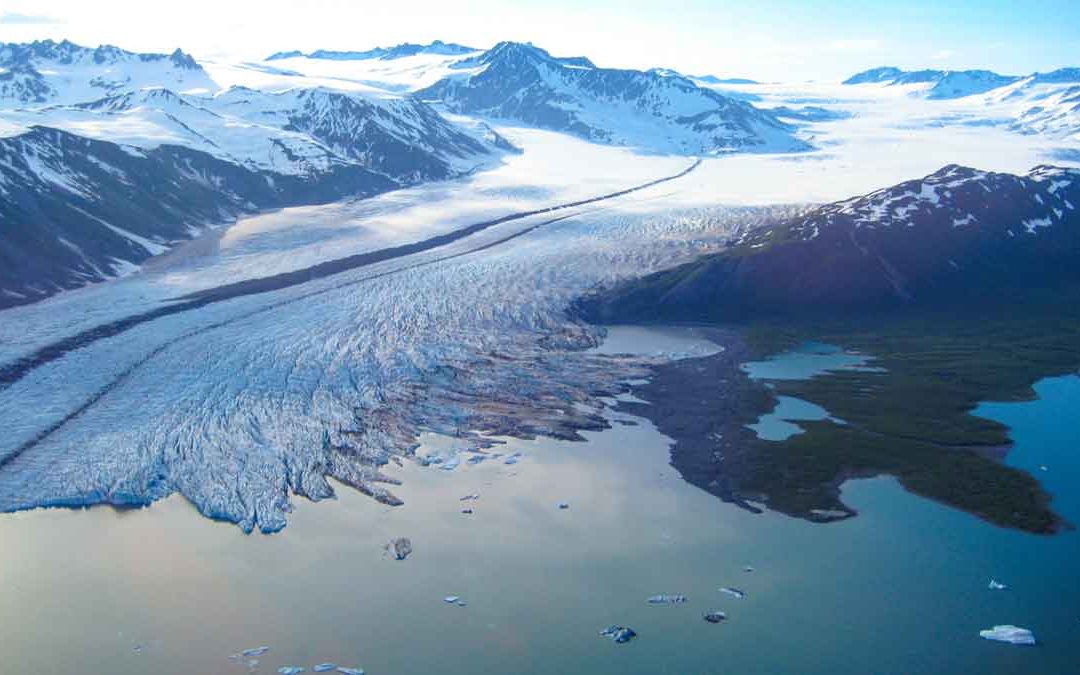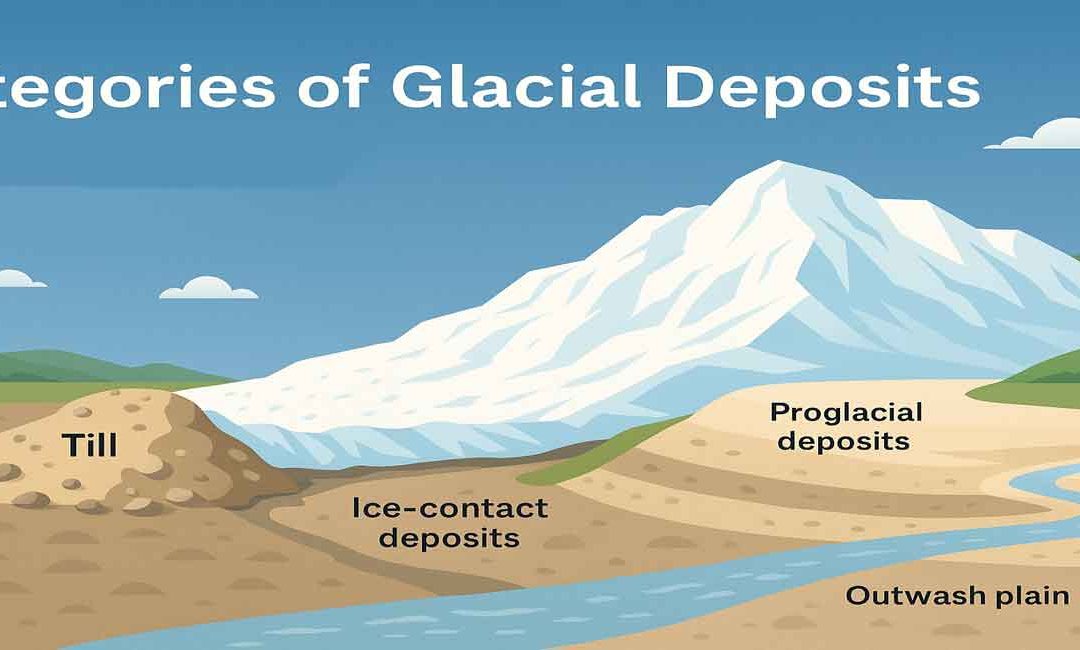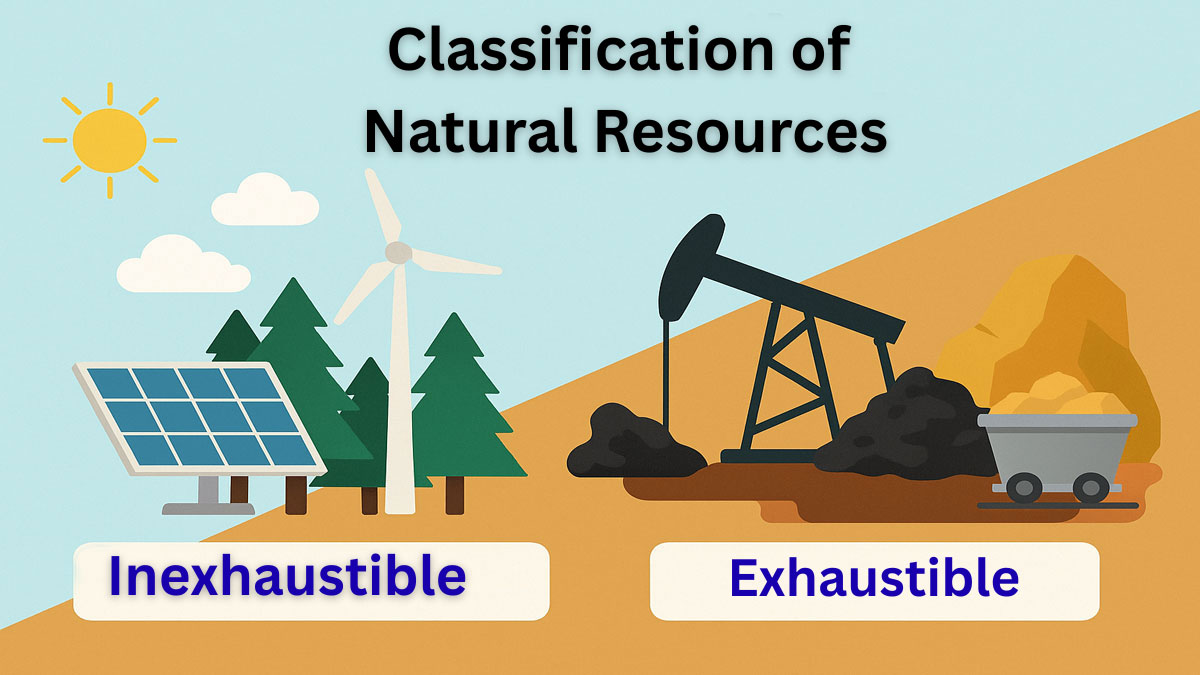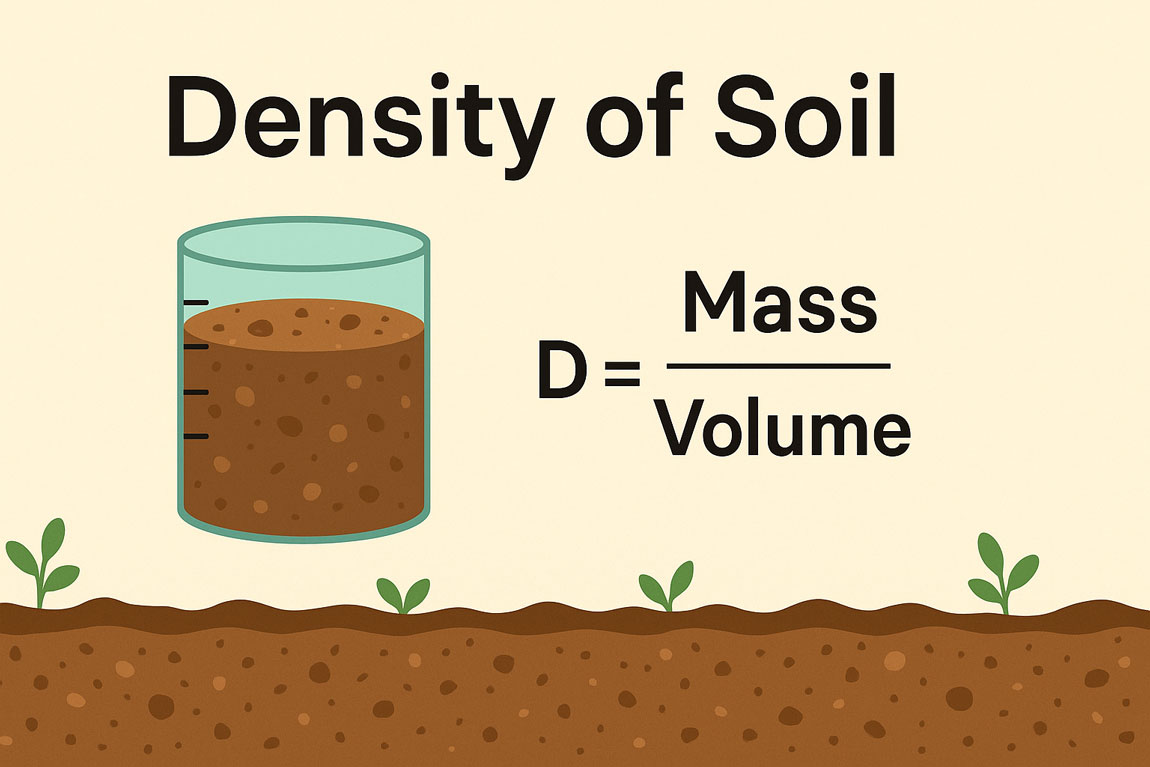
by Gelogia Team | May 11, 2025 | Physical Geology & Geomorphology
Paleosols are the soils of ancient times. Sometimes, it is called fossil soils. Despite increased interest in paleosols during the past decade, no satisfactory classification is in current use. Presented here is a largely descriptive classification system that...

by Gelogia Team | May 8, 2025 | Physical Geology & Geomorphology
Glacial landforms are the result of the dynamic processes involving glaciers as they move and melt. These features can be categorized into three main types: constructional, ice-contact, and proglacial. Each type emerges through distinct glacial activities, such as the...

by Gelogia Team | May 4, 2025 | Physical Geology & Geomorphology
The history of glaciation, particularly the Categories of Glacial Deposits, largely depends on the studies of glacial deposits and landforms resulting from the accumulation of these glacial deposits. The degree of stratification is most important in defining the...

by Gelogia Team | May 2, 2025 | Physical Geology & Geomorphology
Coastal Plain: A coastal plain is a flat, low-lying piece of land adjacent to the coast. It is free from wave action. Coastal plains are separated from the rest of the interior by nearby land areas, such as elevated upland or hillocks and mountains. The land surface...

by Gelogia Team | Apr 30, 2025 | Physical Geology & Geomorphology
Solid waste characteristics and quantities currently generated and expected to be generated within the facility’s service area are available. Proper WTE facility planning requires a reliable database. Such data are necessary, not only for determining the current...
